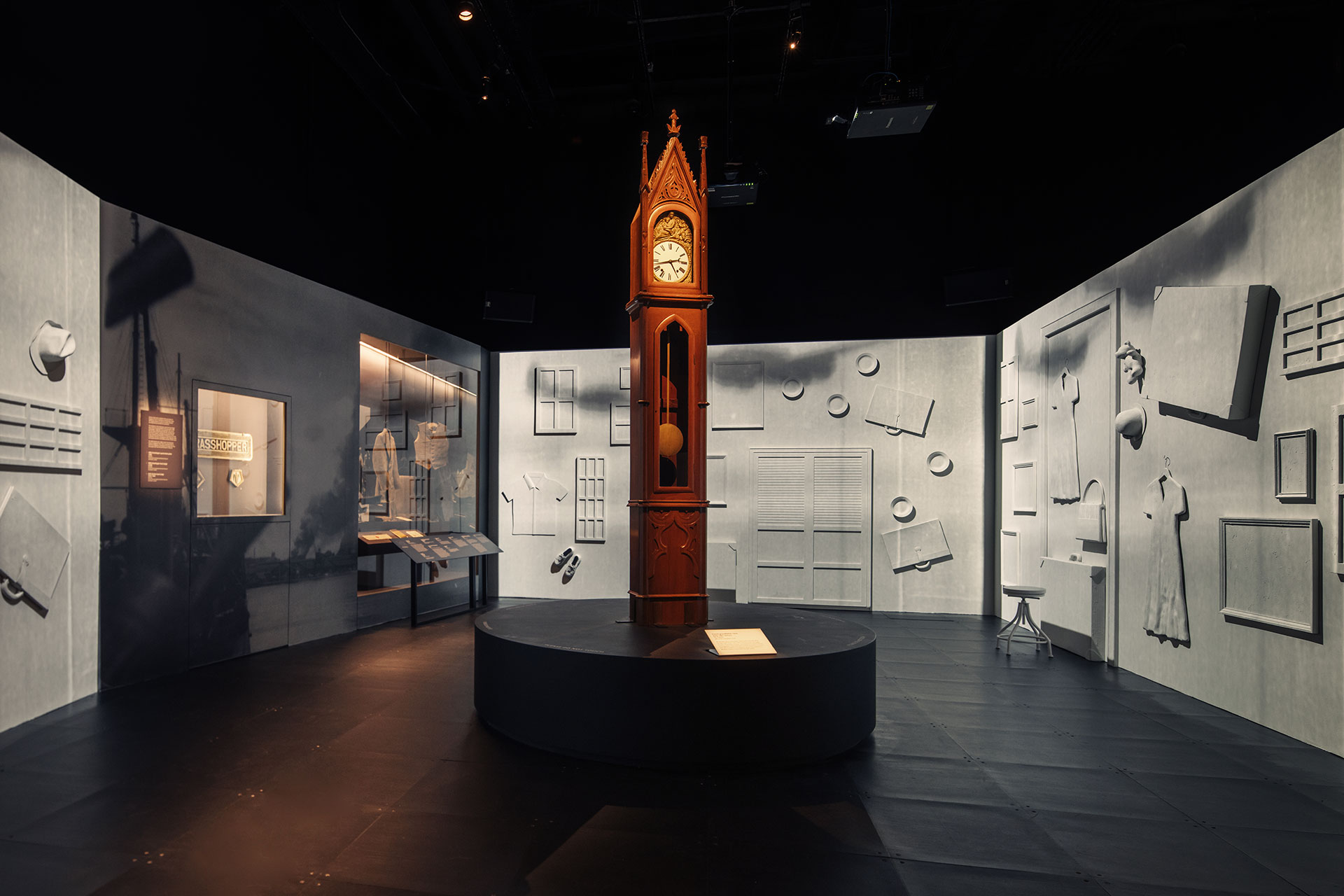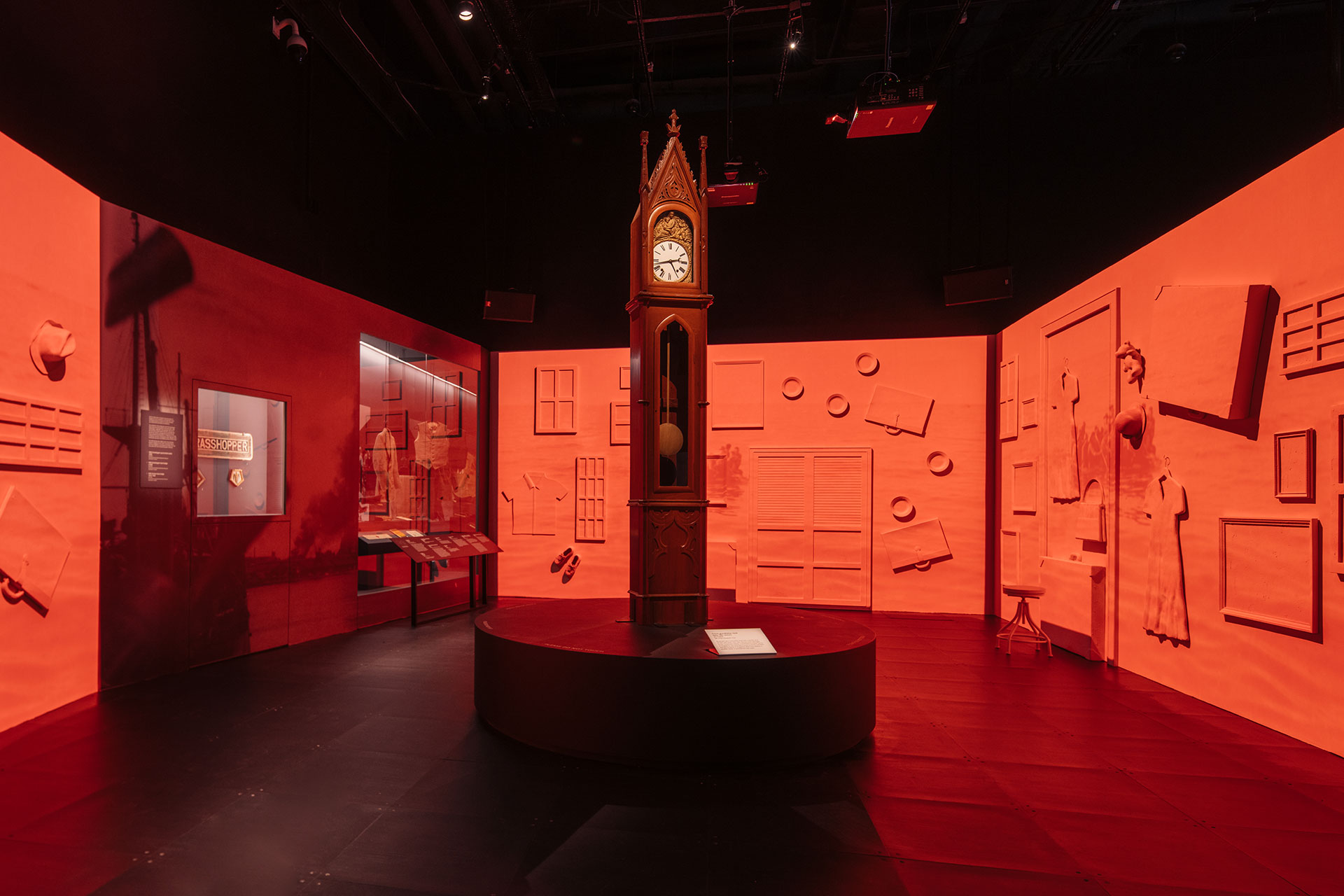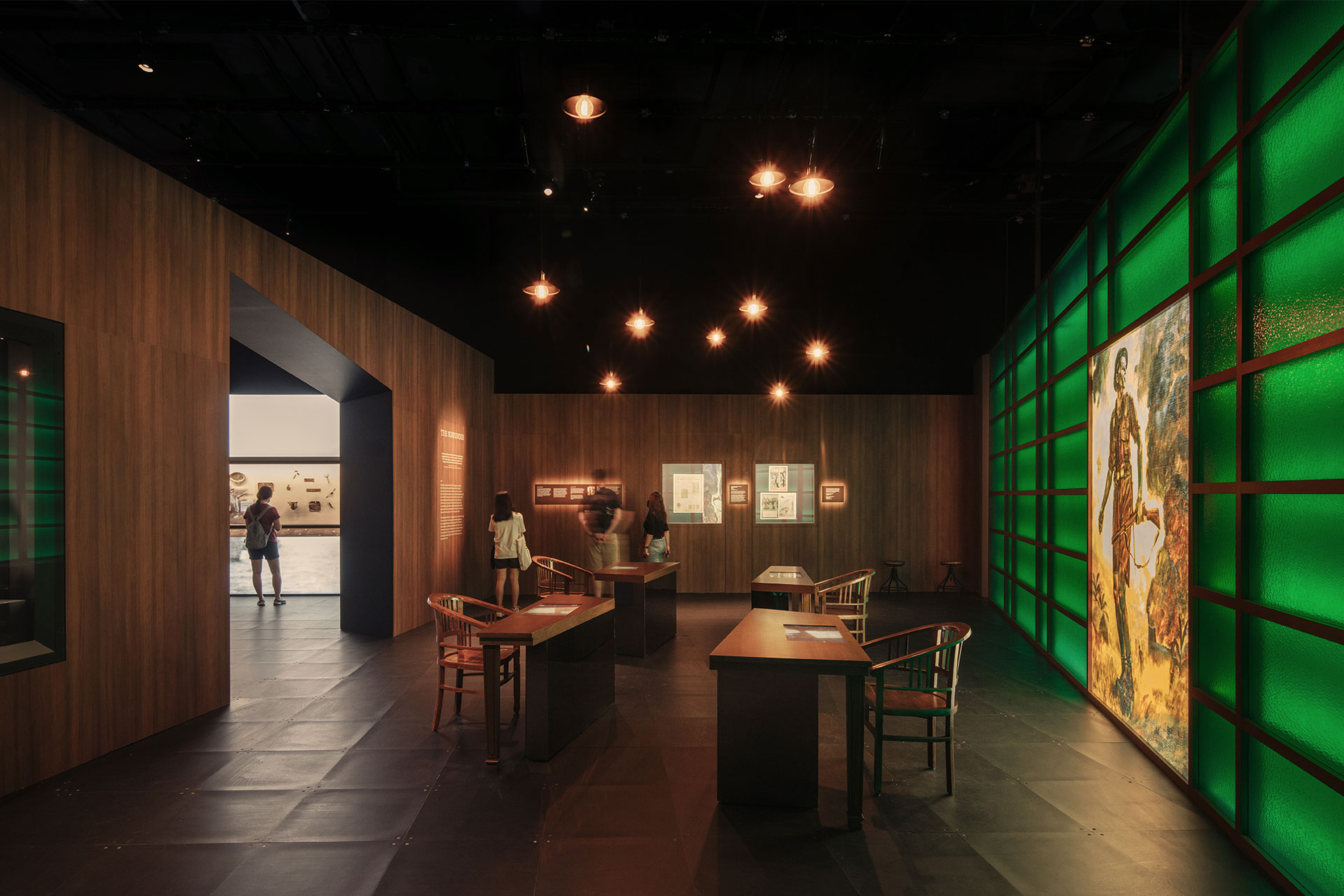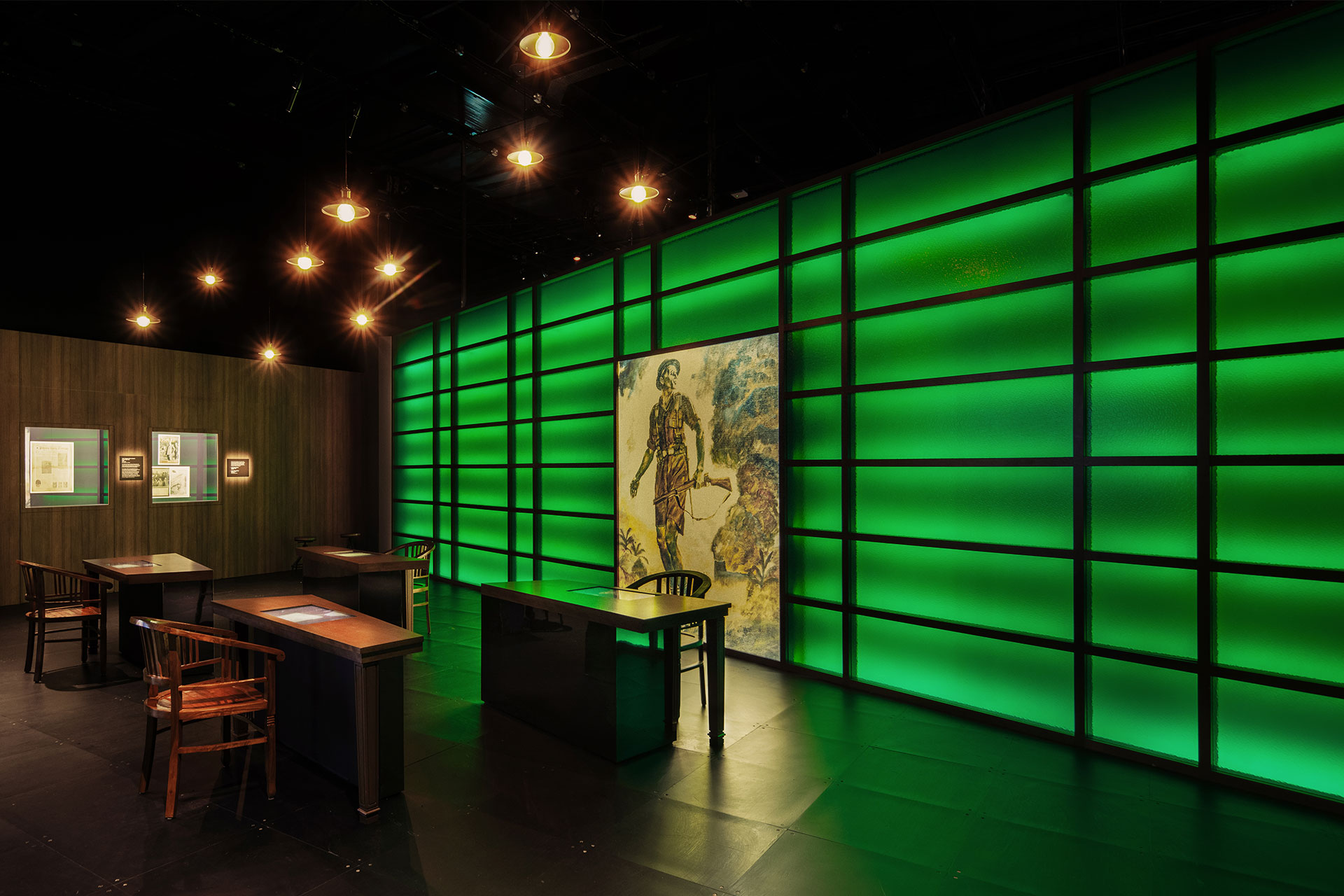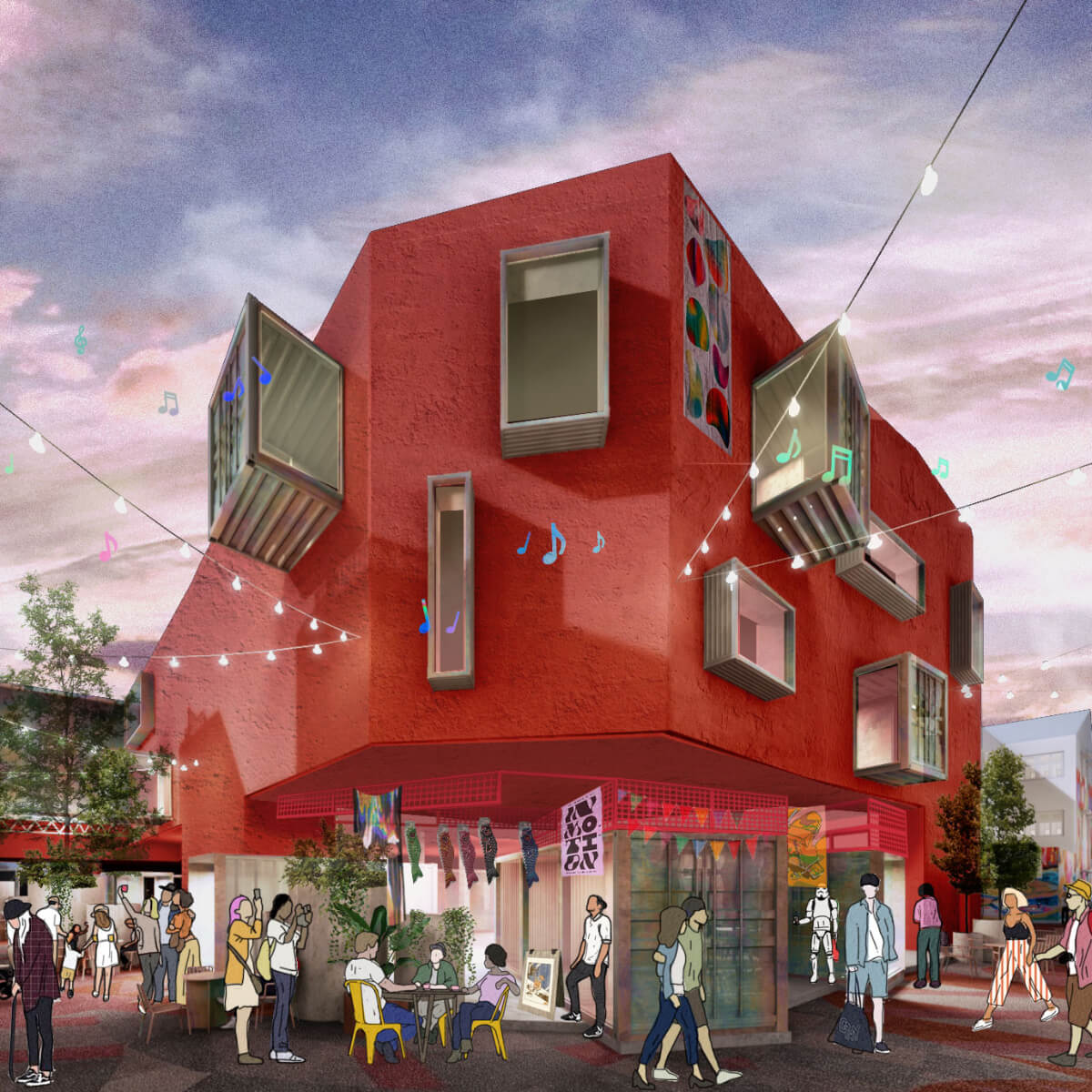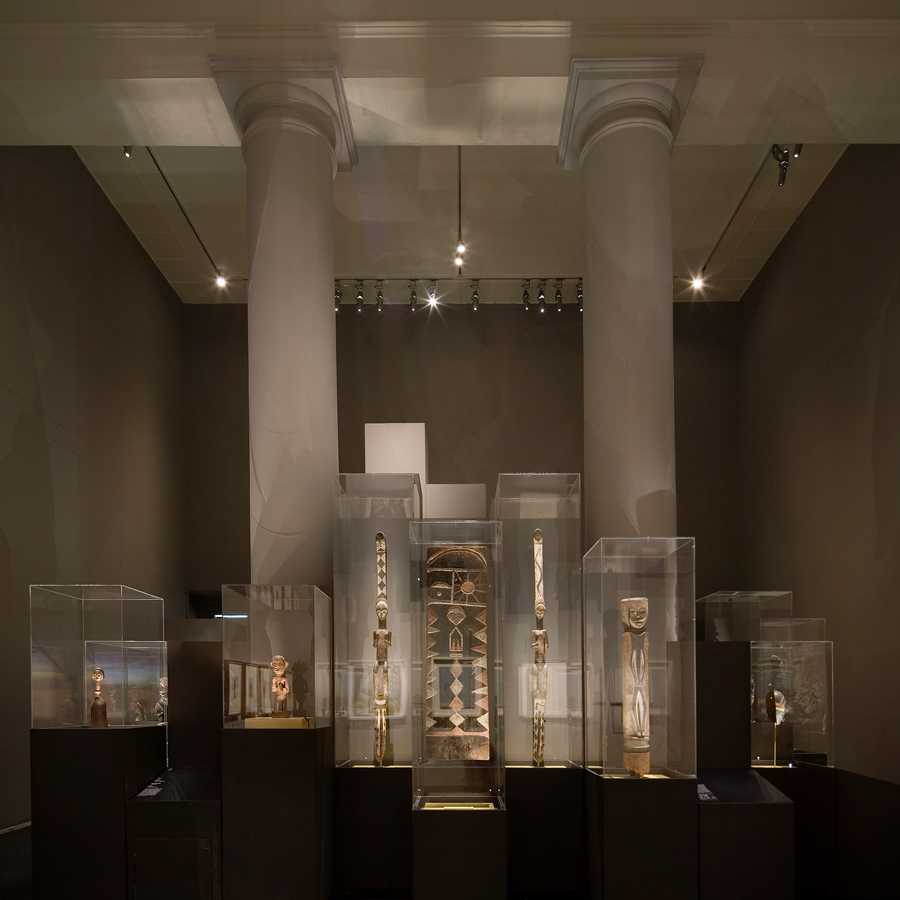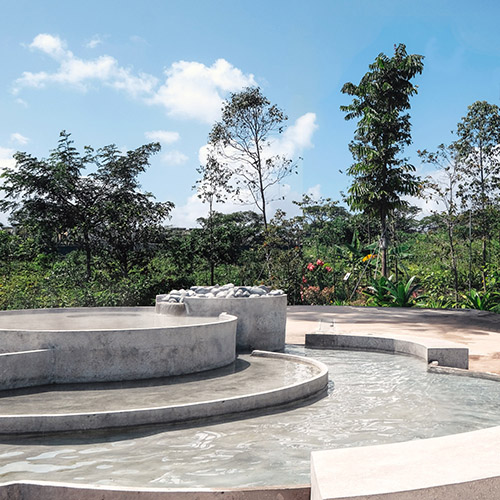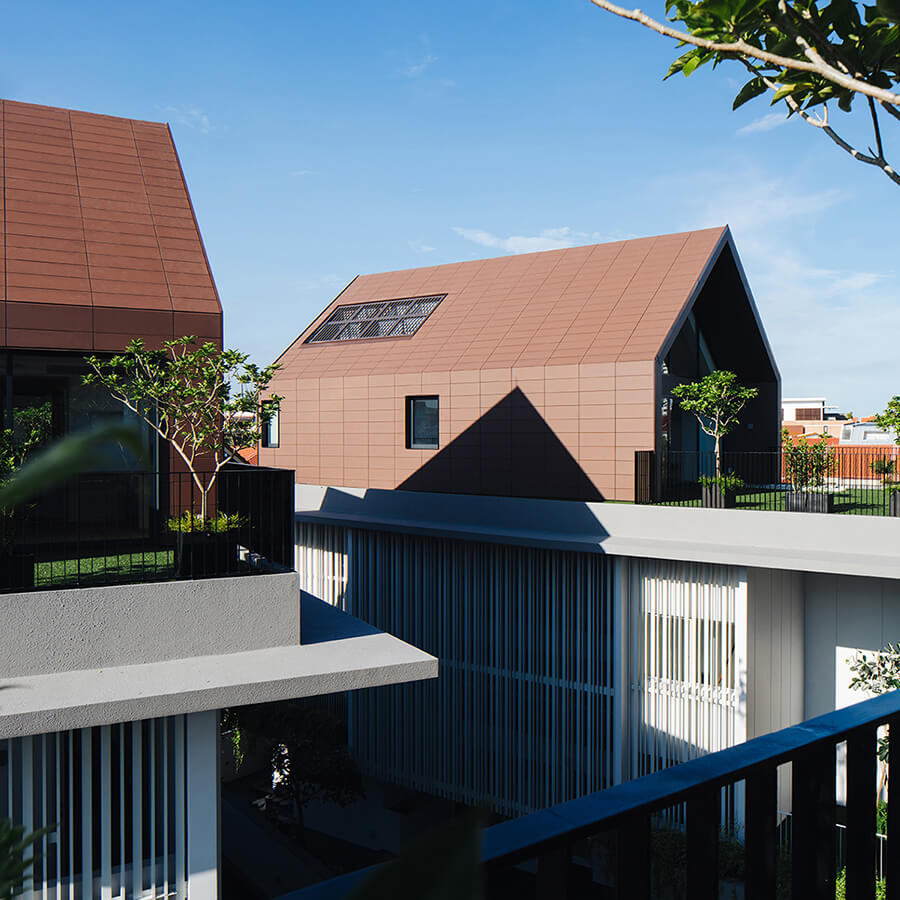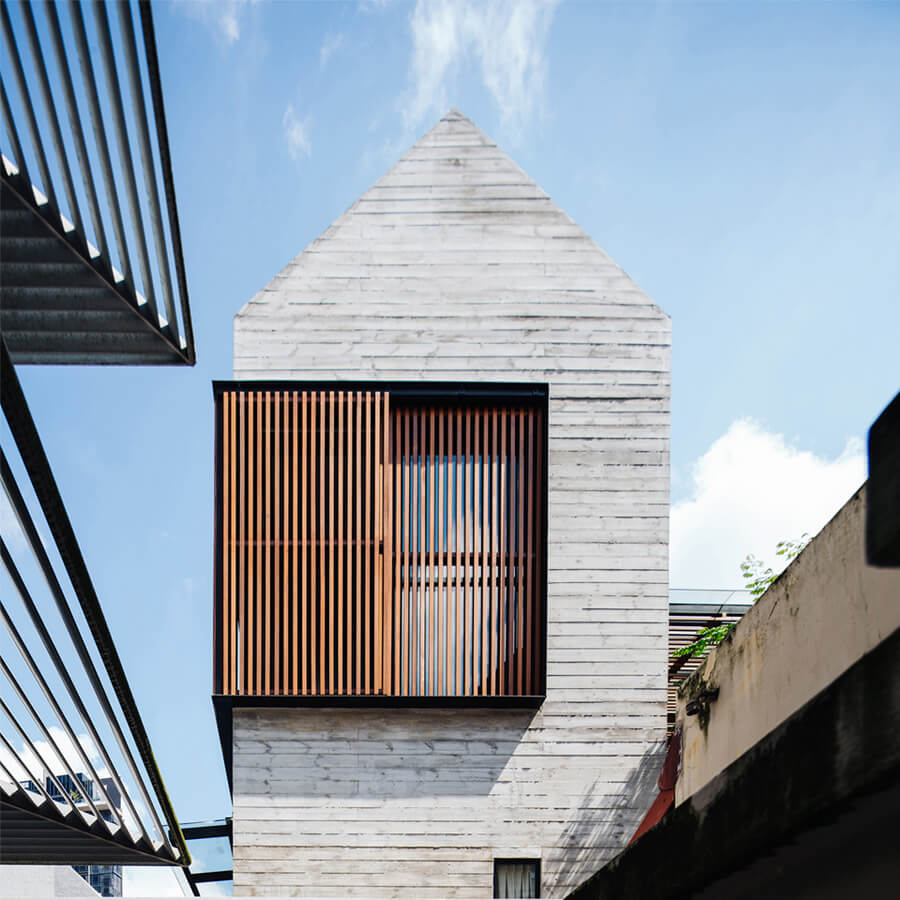Dislocations: Memory & Meaning of the Fall of Singapore, 1942
A series of abstracted atmospheres and vignettes are spatially stitched together to present the fractured memories of everyday lives in the run-up to the Japanese Occupation of Singapore.
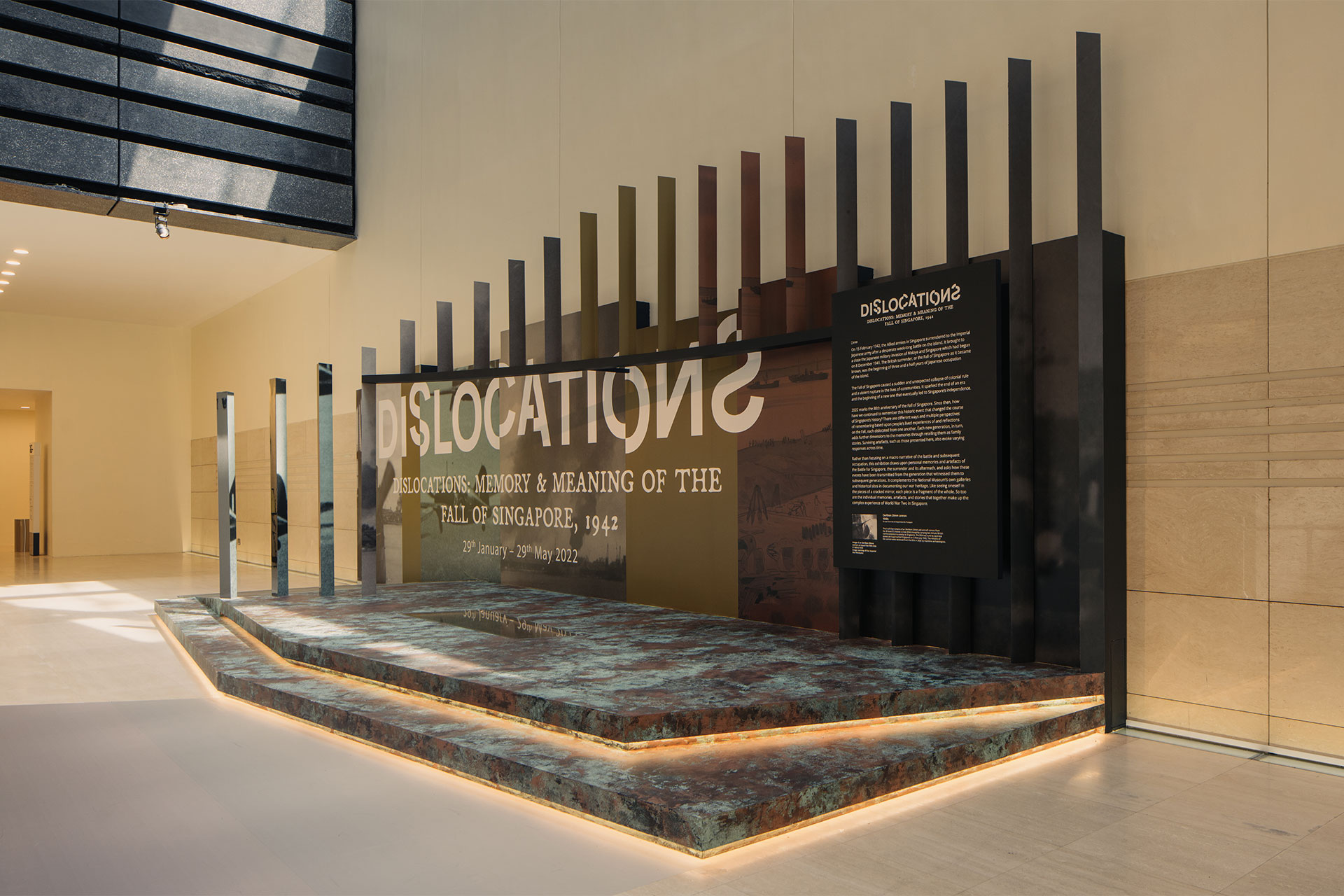
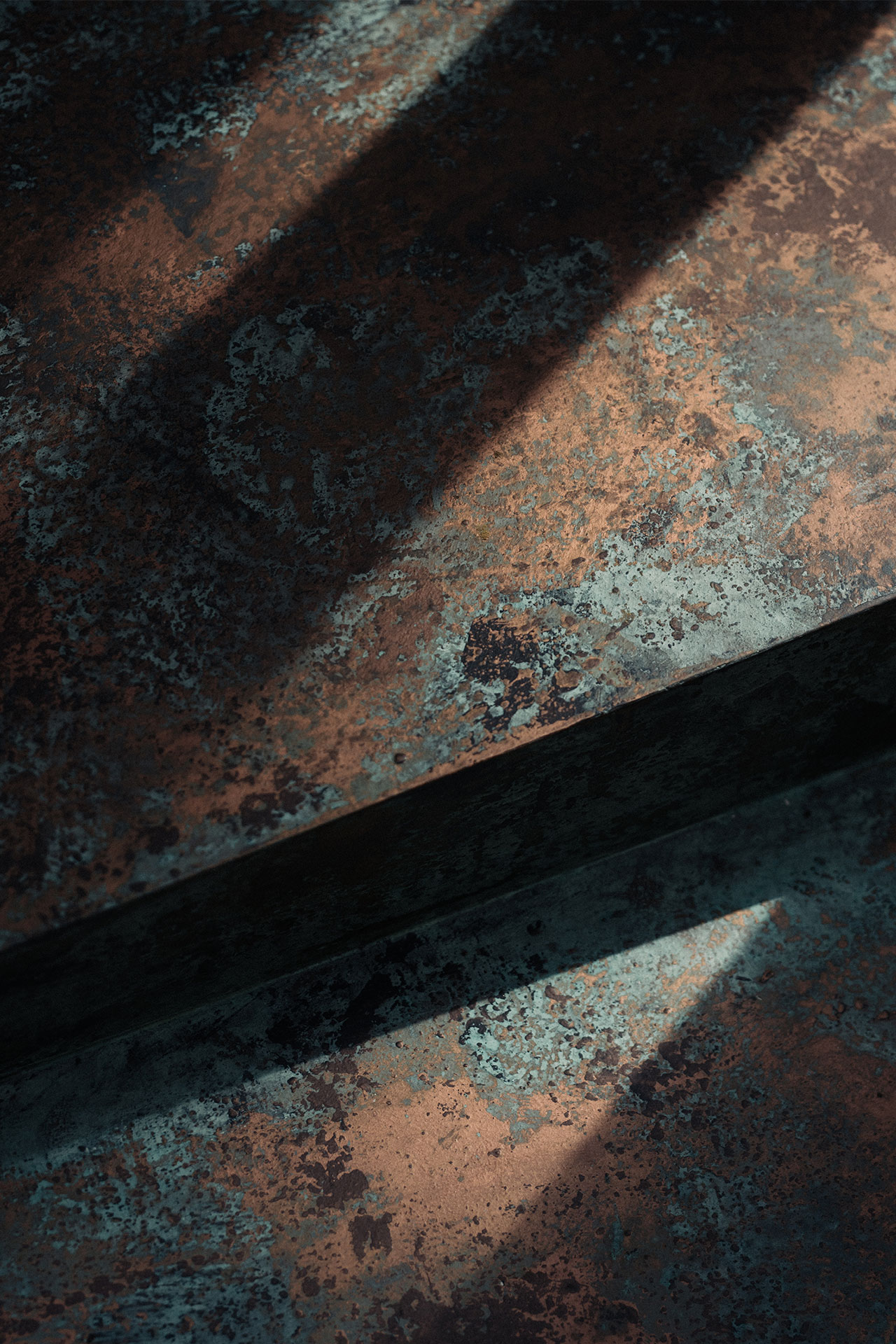
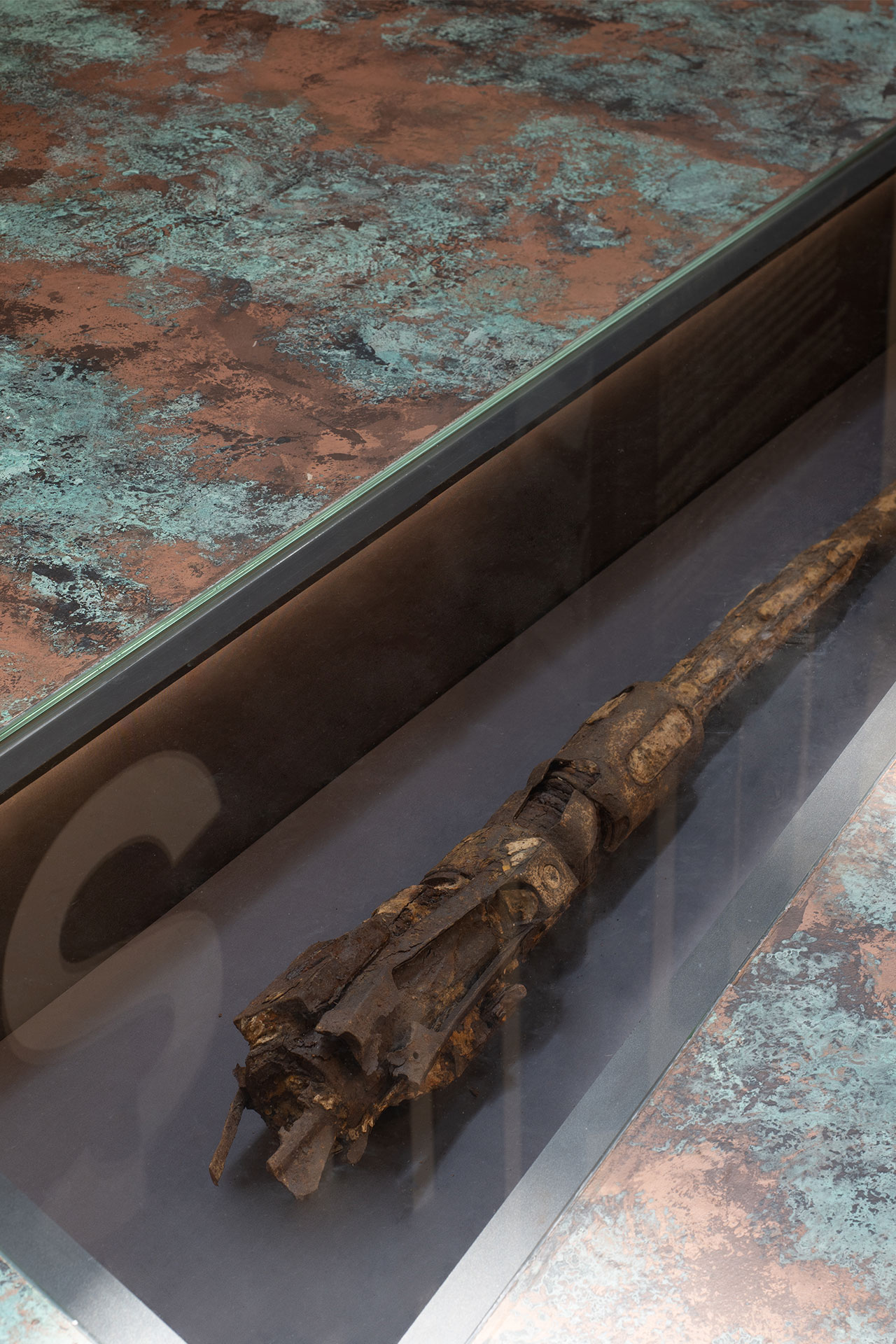
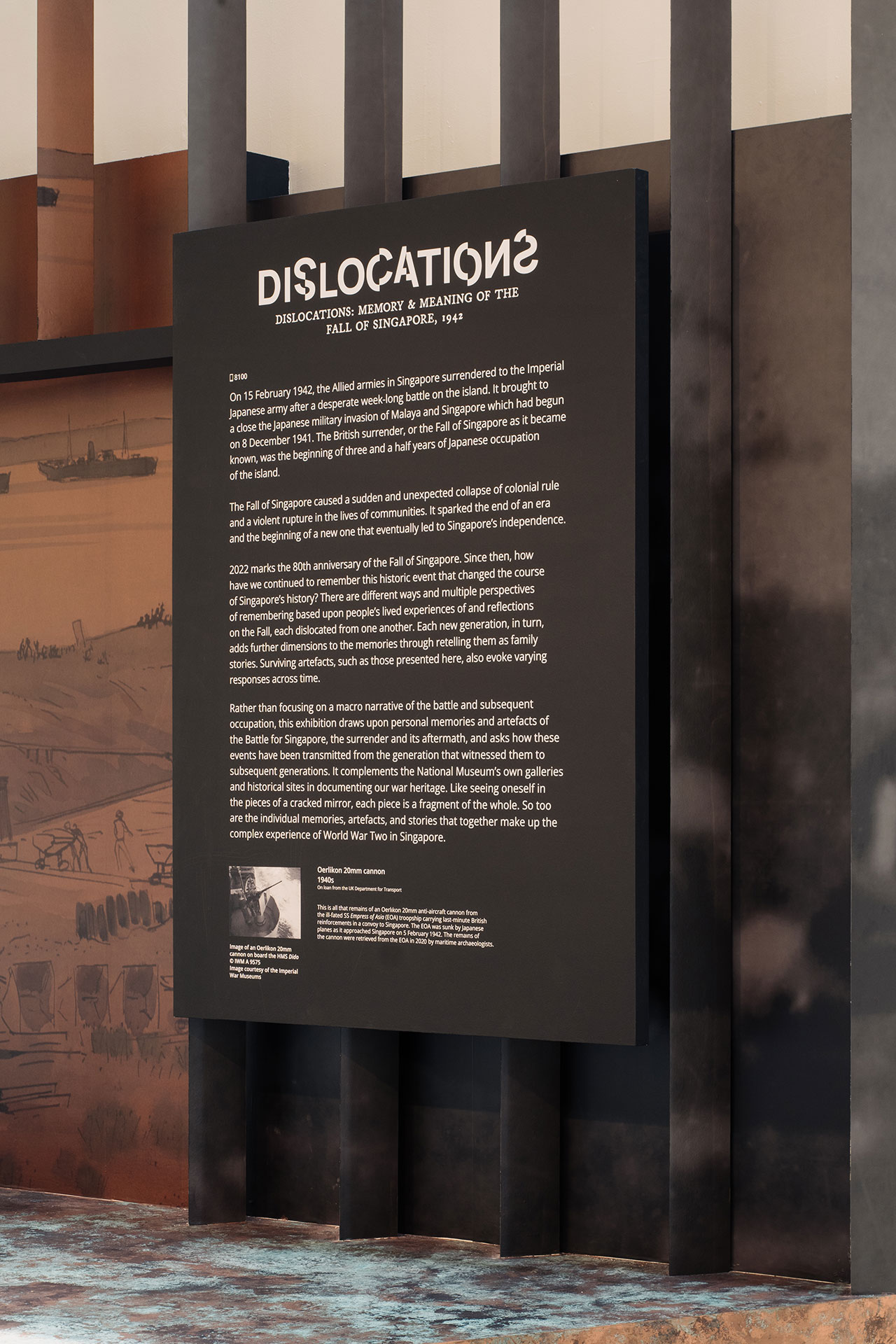
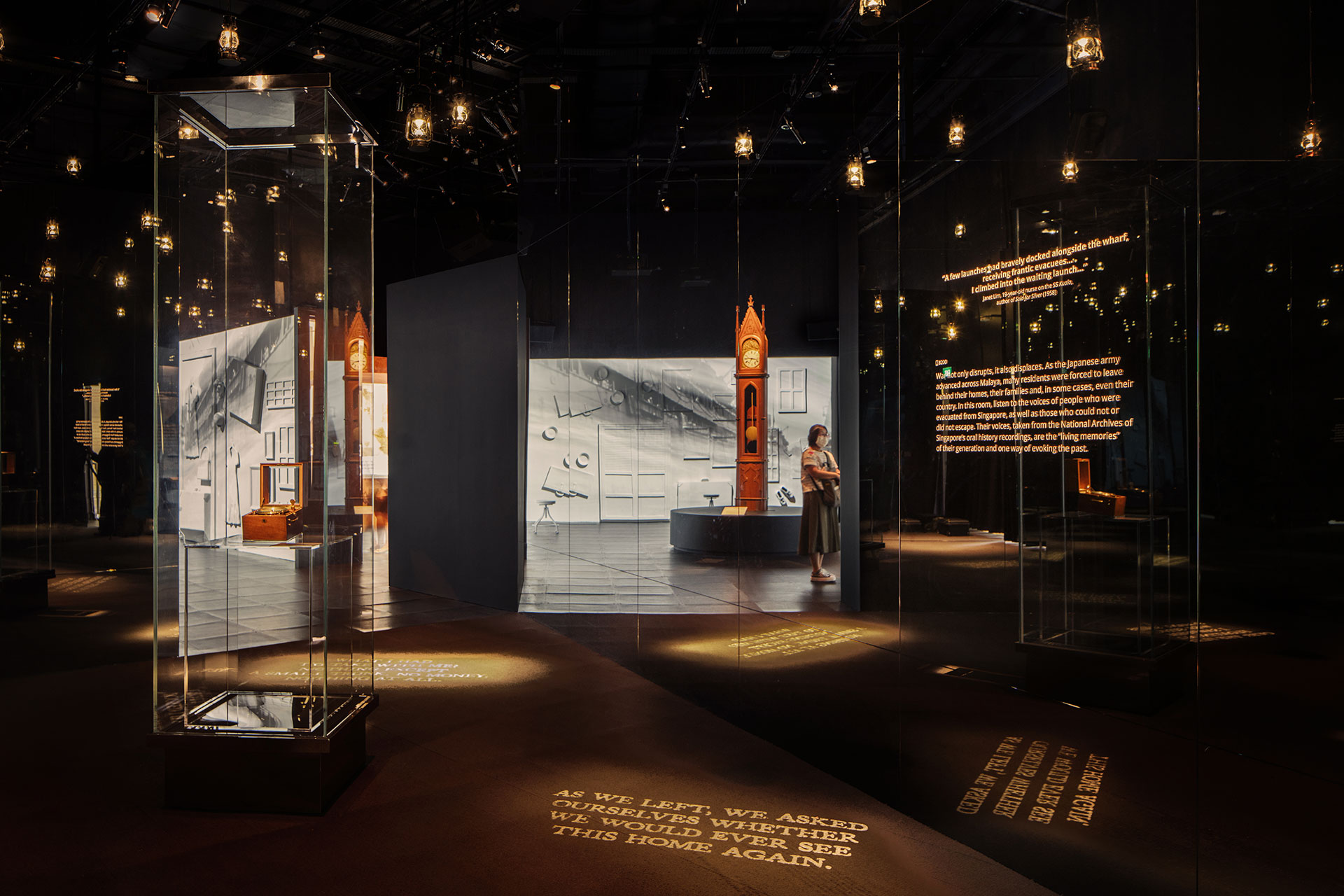
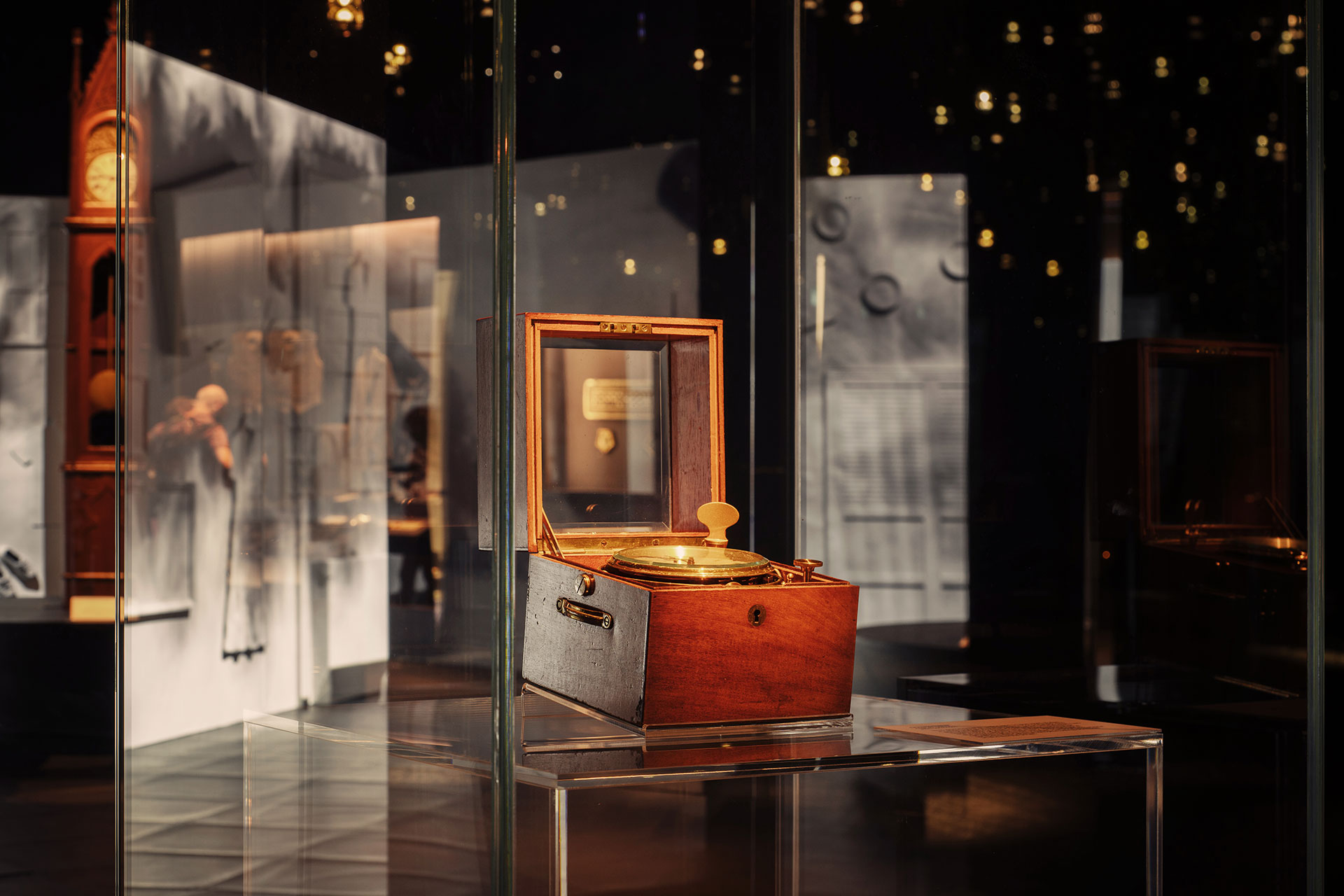
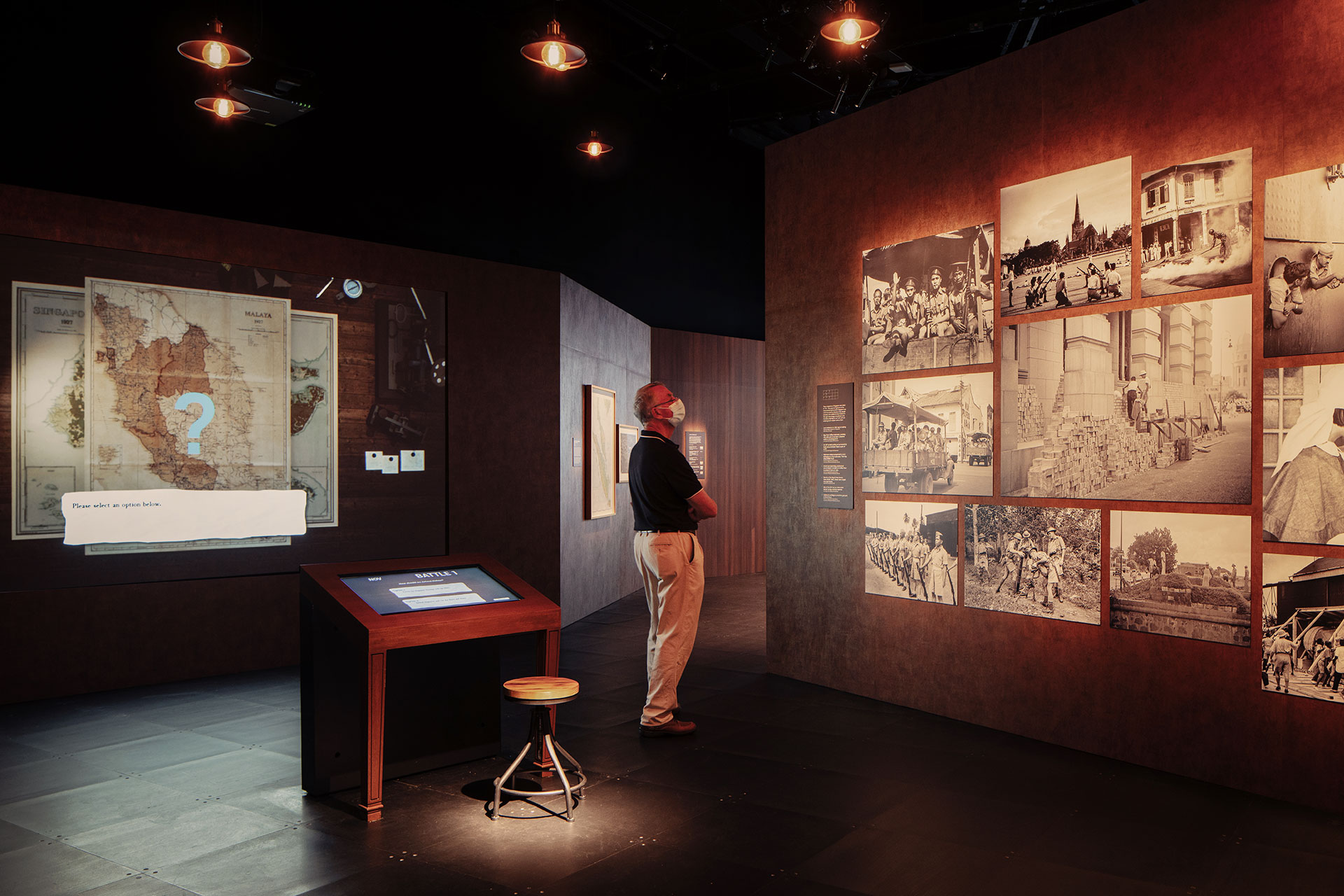
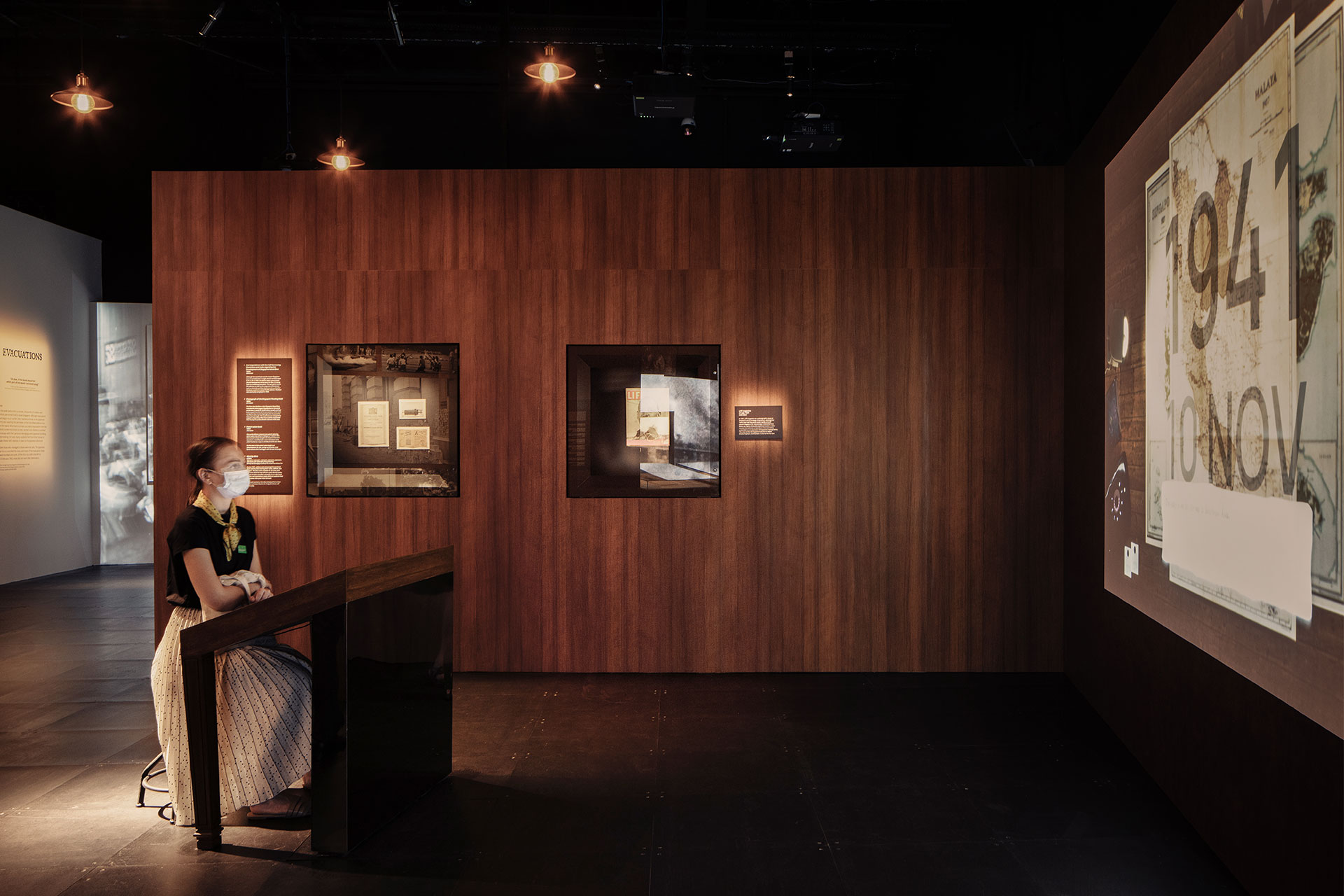
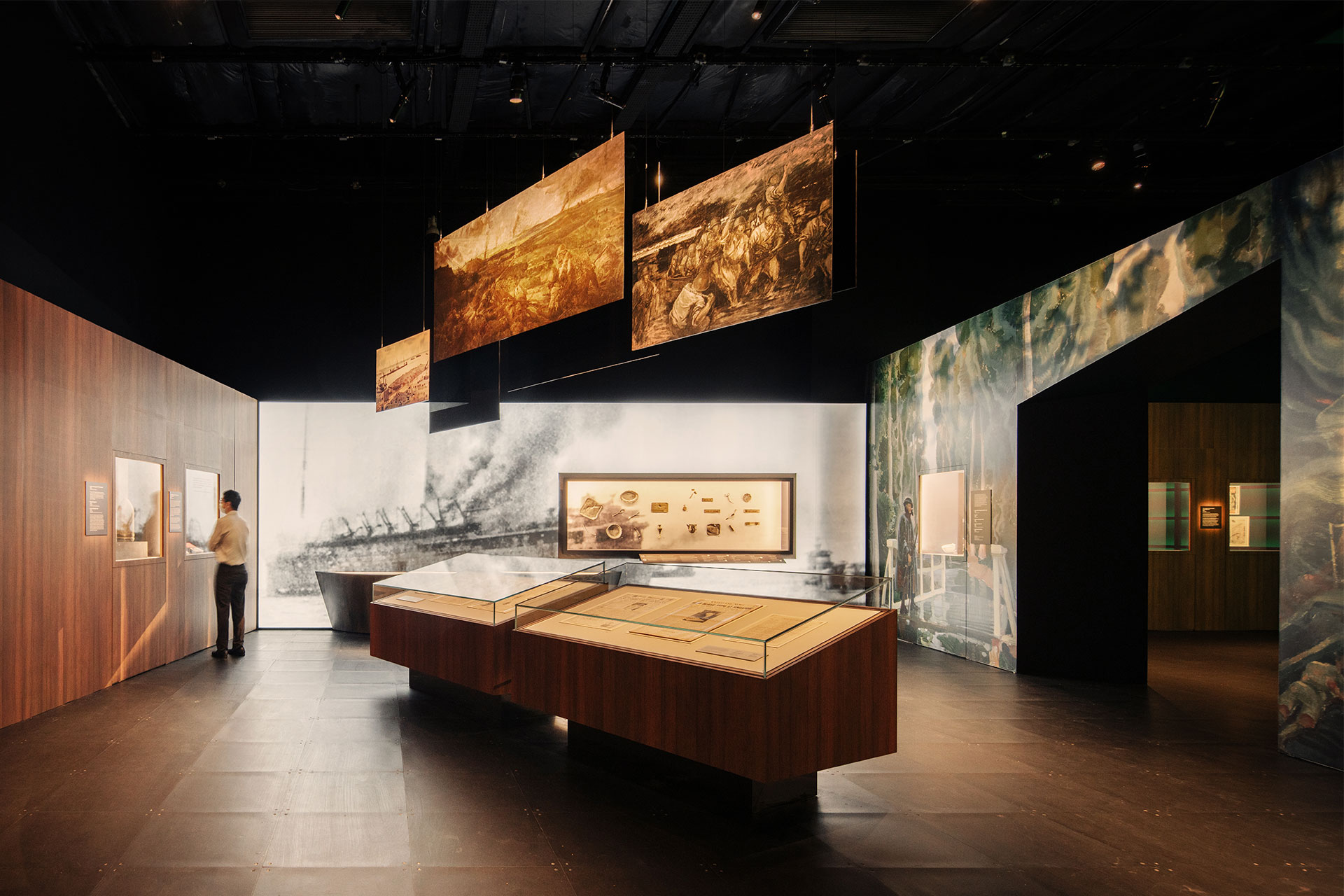
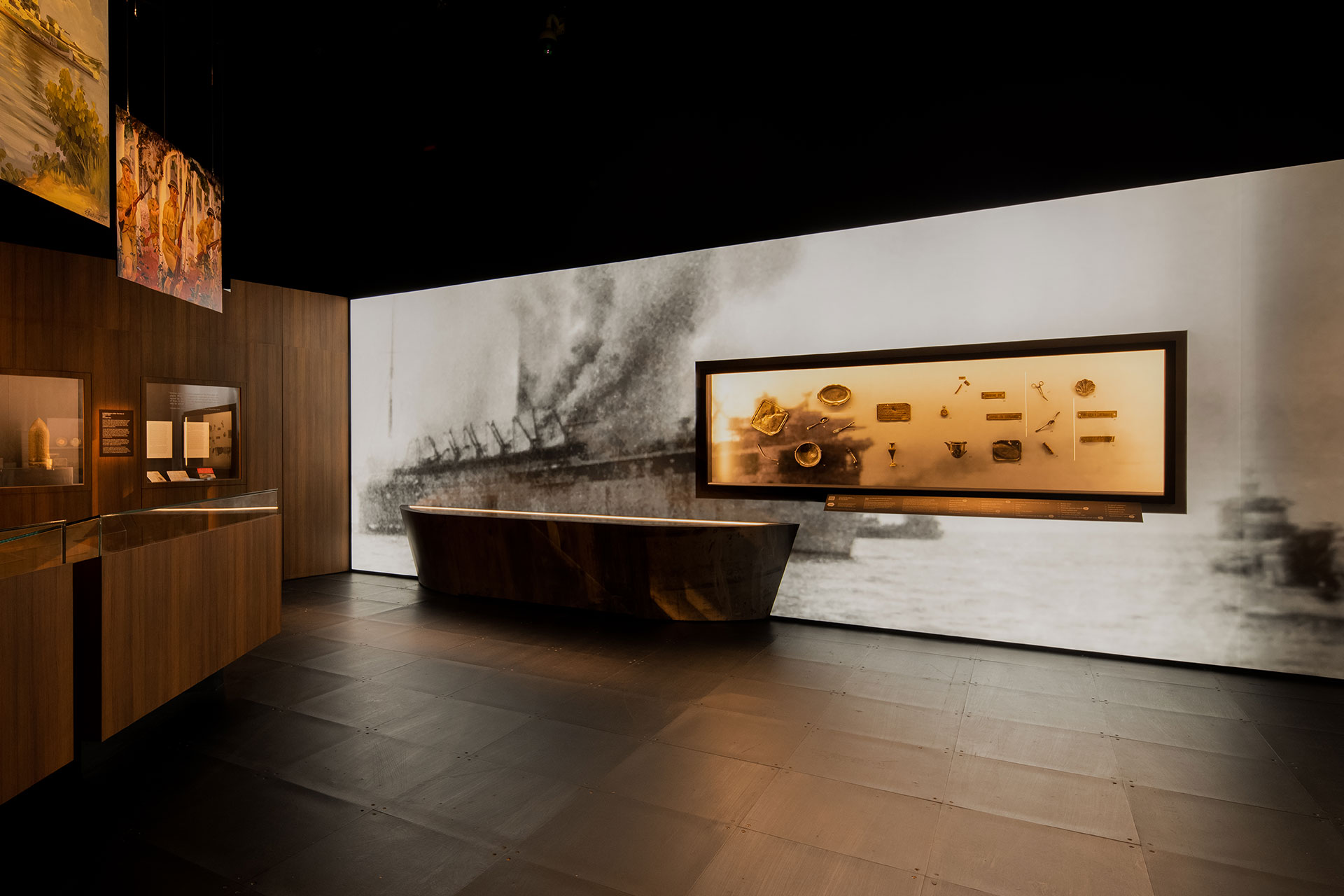
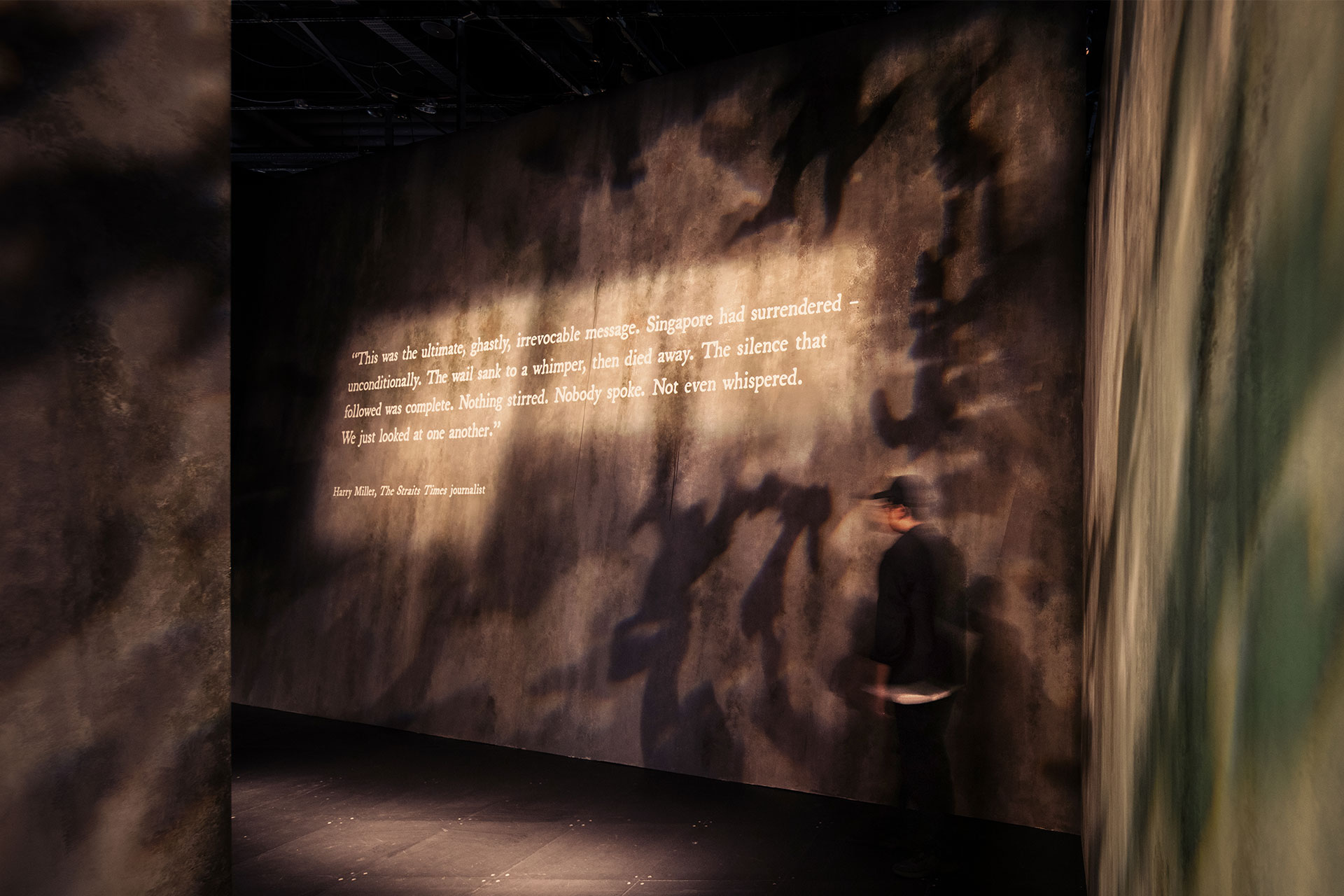
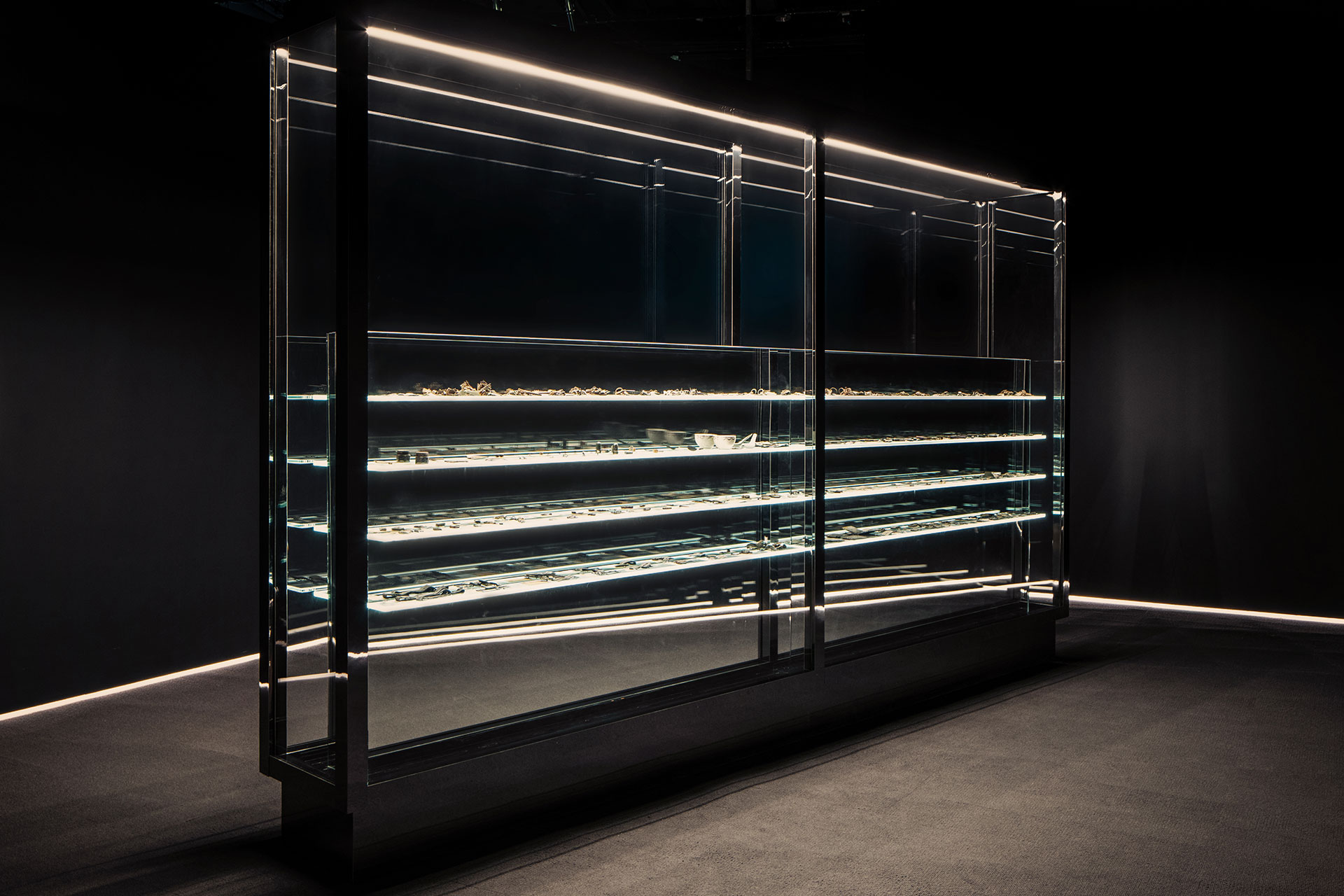
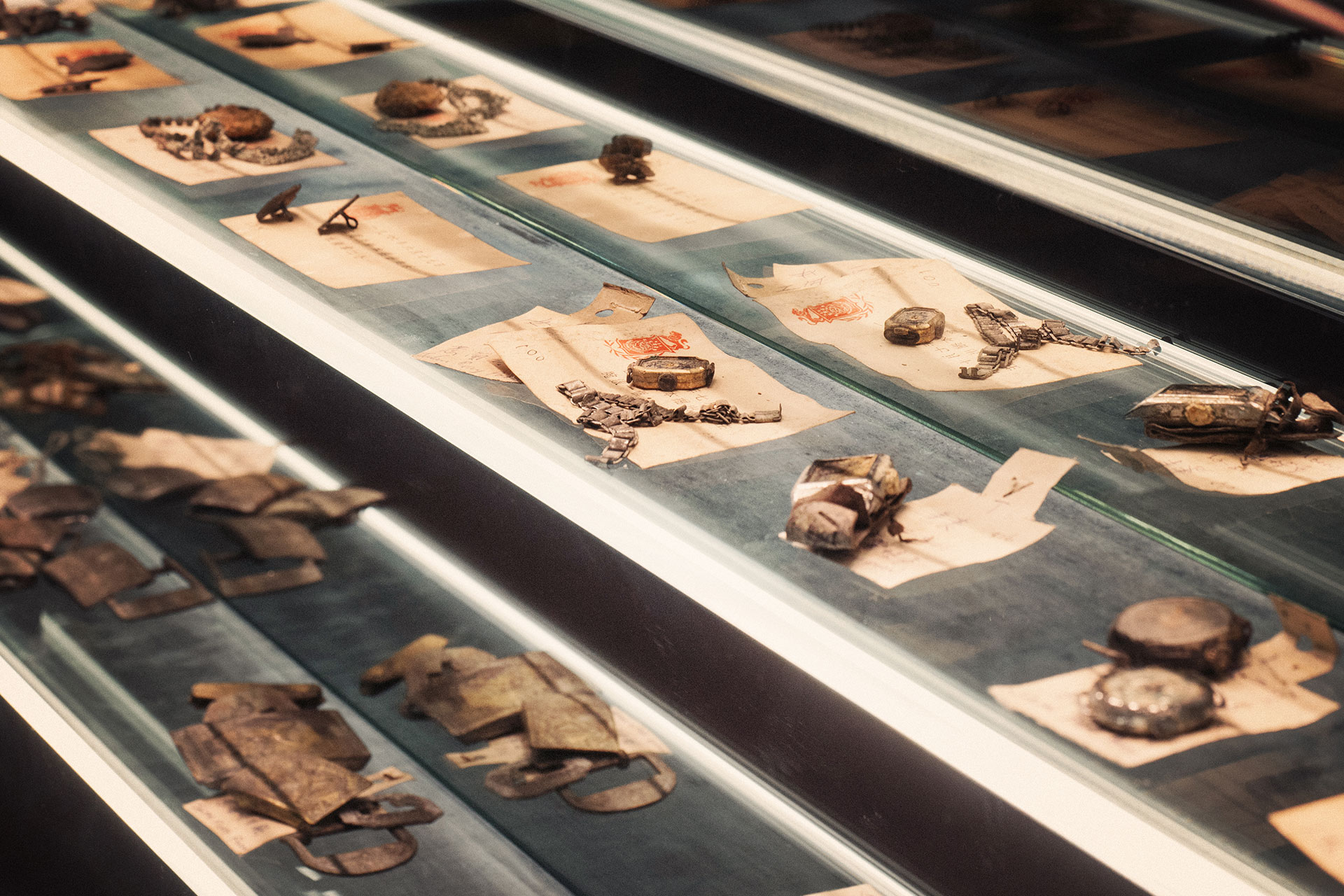
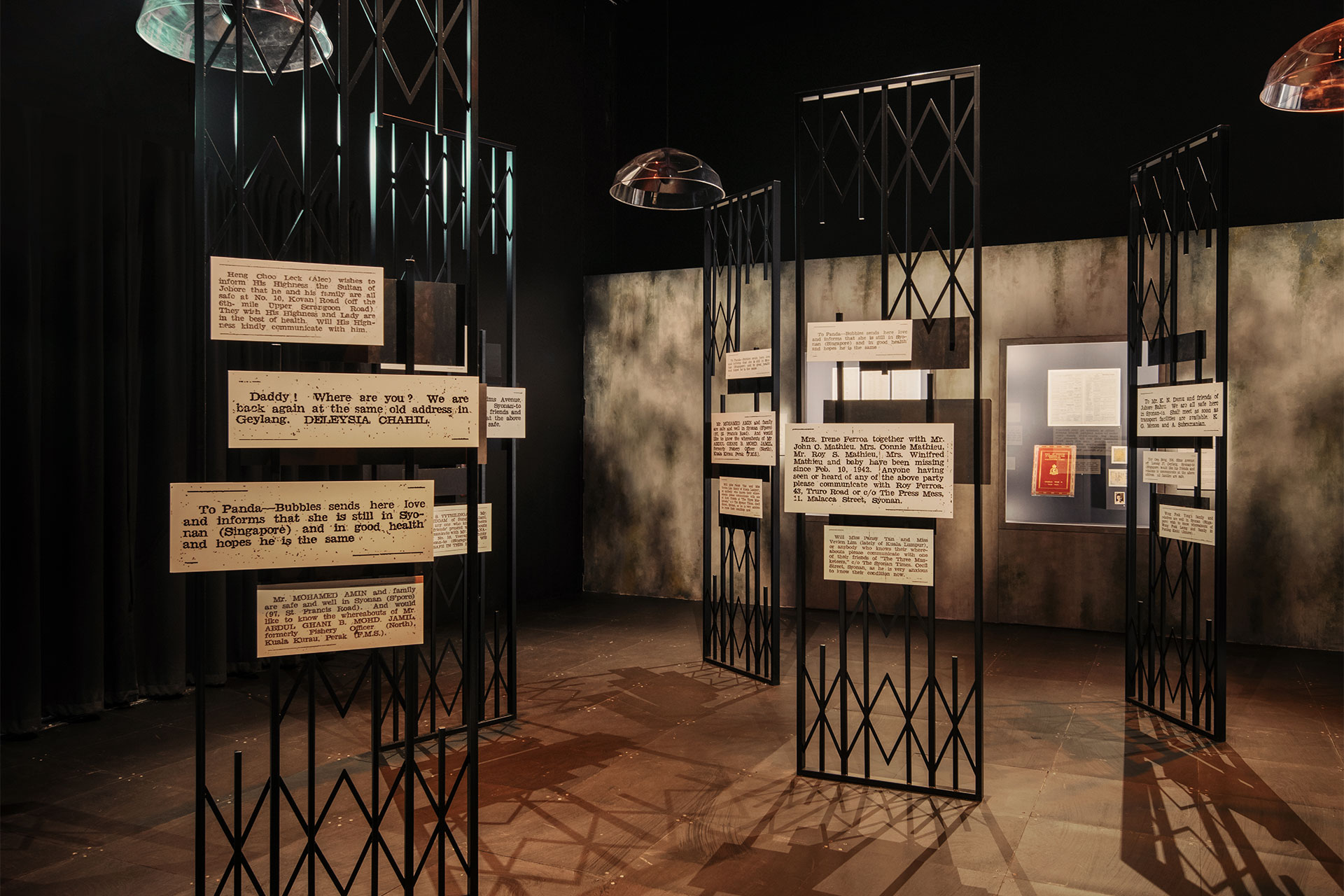
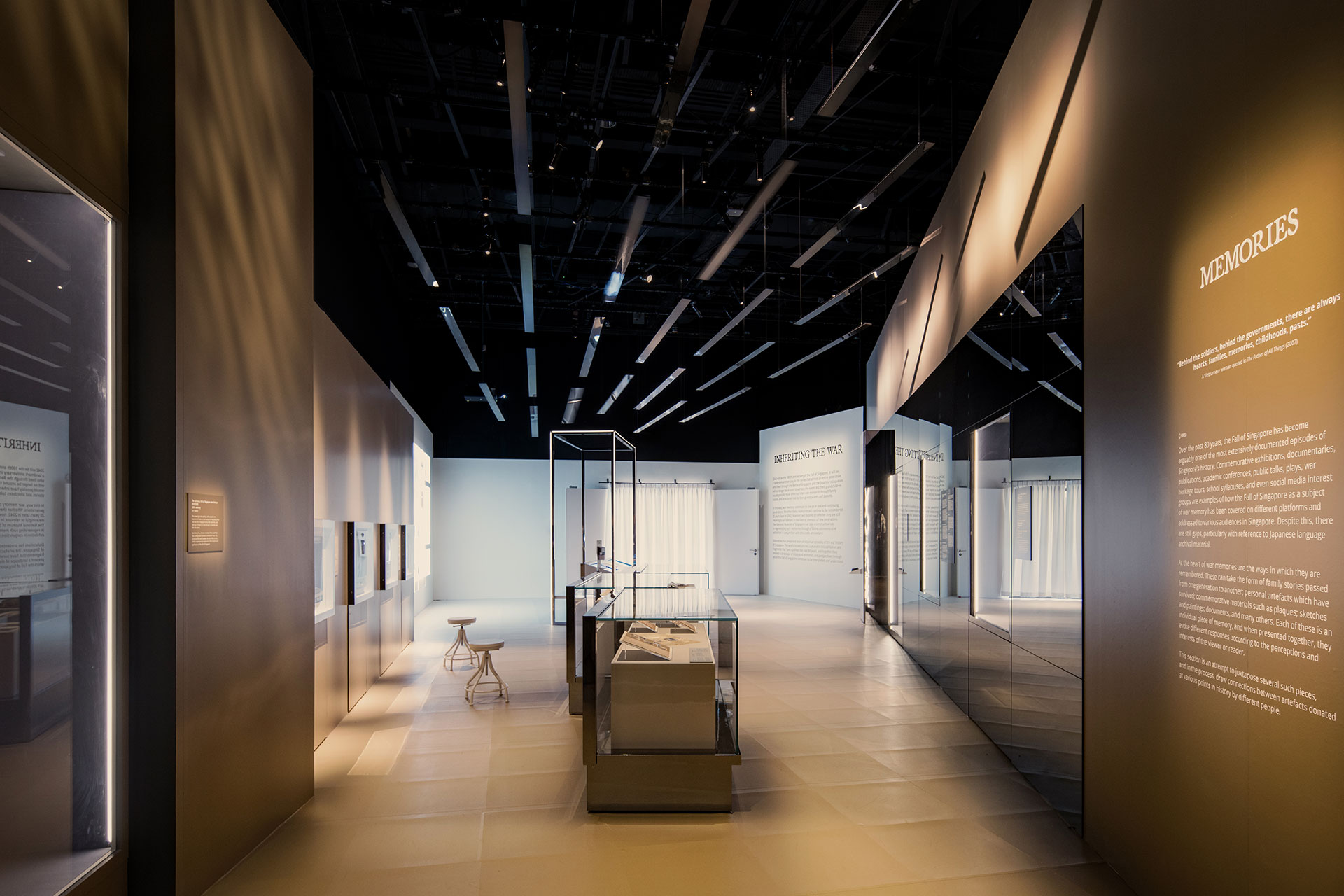
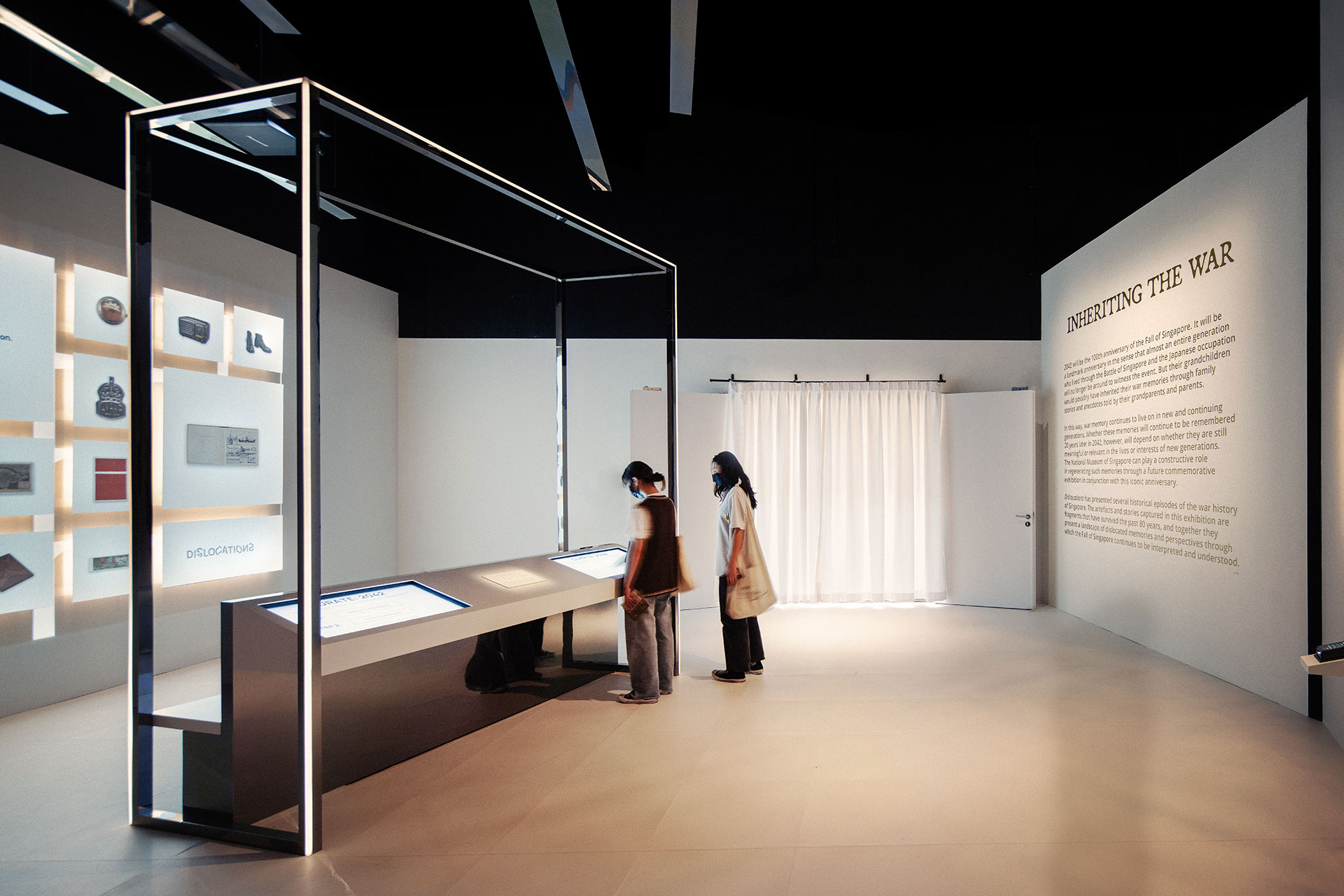
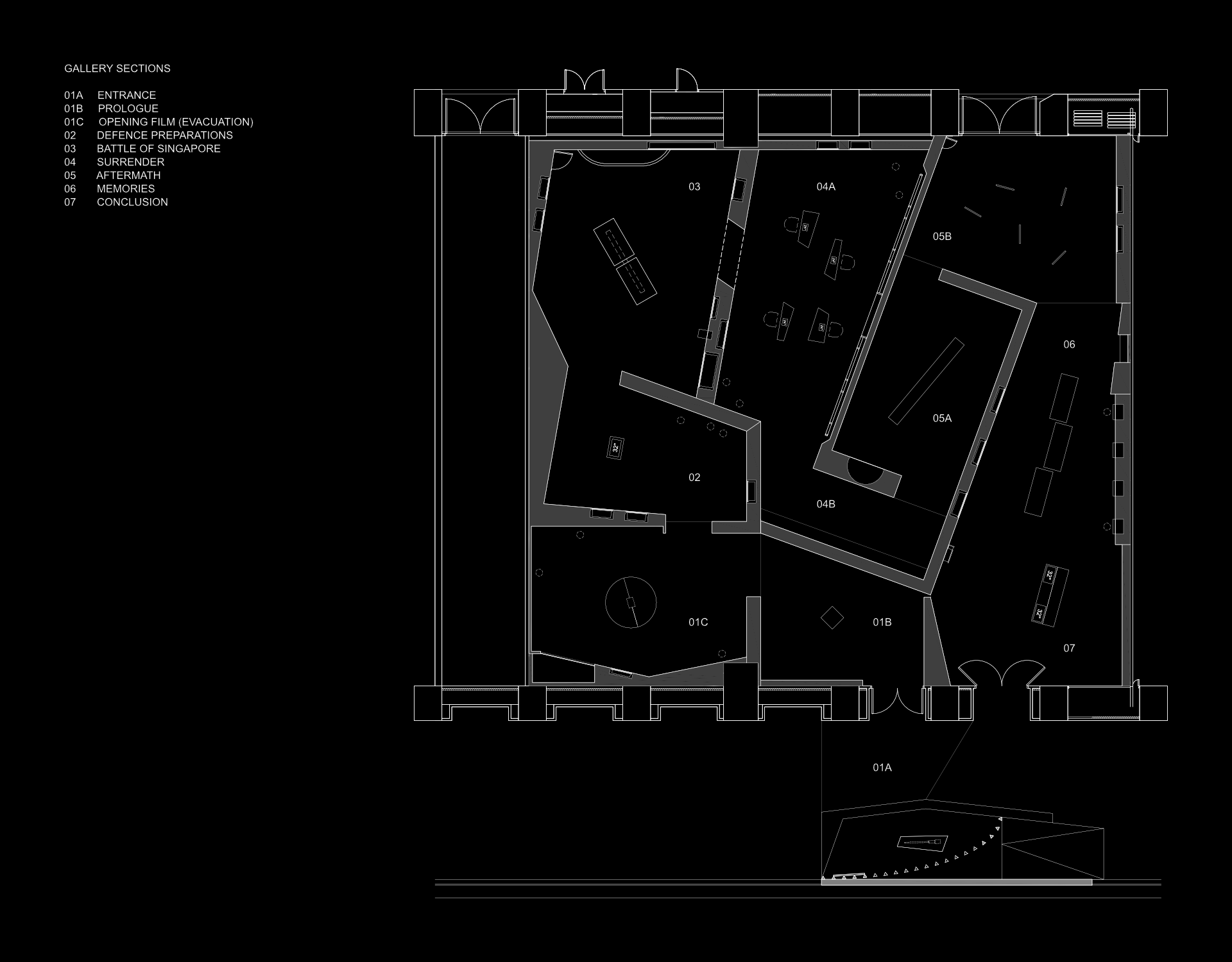
Taking inspiration from the exhibition’s title, the spatial design for Dislocations explores the chaos and upheaval of war, through the conceptual framework of fragments, spatially and phenomenologically expressed. Consisting of 10 shard-like spaces of varying scales, a mixed language of material textures, mirrored reflections, planar architecture, visual gradients, archival imagery and footage come together to express the chaos and disruption wrought onto everyday lives during the Japanese Occupation of Singapore, and to invite introspection on memory and meaning.
The exhibition begins within the sun-lit atrium of the National Museum’s basement. Here, an abstracted wreckage installation - an assemblage of patinated copper, stylised imagery, mirrored prisms, and a recovered battleship gun - establishes the materially-driven strategy of the exhibition’s design. Here, visitors also first encounter the typographically-driven visual and graphic identity of “Dislocations”. Imposing glyphs are sheared, mirrored, and selectively clipped to produce a fragmented masthead that conveys the disruption wrought by war. This is further reinforced by the selective use of colour-blocked archival photographs as a visual backdrop. The graphic identity’s secondary typeface - primarily deployed as the exhibition’s body text - takes cues from period-appropriate print media, and complements the spatial design’s phenomenological gestures to subtly immerse the visitor into 1940s Singapore.
In stark contrast to the entrance experience, the gallery’s initial sections are moody and atmospheric. In the first, visitors encounter a totemic glass showcase in the middle of space, lit faintly by the glow of randomly-scattered kerosene lamps hanging overhead. A haunting soundscape of voices recounts the horrors of war, extracts of which are printed on a dark carpeted floor. The room’s mirrored walls render its boundaries uncertain, and superimpose the reflections of visitors onto the narrative fragments of wartime horrors. This conceptual approach continues in the adjacent section, where larger-than-life projections of pre-war scenes are cast onto walls and visitors, and slowly fade to red to the soundscape of firebombs.
The exhibition begins within the sun-lit atrium of the National Museum’s basement. Here, an abstracted wreckage installation - an assemblage of patinated copper, stylised imagery, mirrored prisms, and a recovered battleship gun - establishes the materially-driven strategy of the exhibition’s design. Here, visitors also first encounter the typographically-driven visual and graphic identity of “Dislocations”. Imposing glyphs are sheared, mirrored, and selectively clipped to produce a fragmented masthead that conveys the disruption wrought by war. This is further reinforced by the selective use of colour-blocked archival photographs as a visual backdrop. The graphic identity’s secondary typeface - primarily deployed as the exhibition’s body text - takes cues from period-appropriate print media, and complements the spatial design’s phenomenological gestures to subtly immerse the visitor into 1940s Singapore.
In stark contrast to the entrance experience, the gallery’s initial sections are moody and atmospheric. In the first, visitors encounter a totemic glass showcase in the middle of space, lit faintly by the glow of randomly-scattered kerosene lamps hanging overhead. A haunting soundscape of voices recounts the horrors of war, extracts of which are printed on a dark carpeted floor. The room’s mirrored walls render its boundaries uncertain, and superimpose the reflections of visitors onto the narrative fragments of wartime horrors. This conceptual approach continues in the adjacent section, where larger-than-life projections of pre-war scenes are cast onto walls and visitors, and slowly fade to red to the soundscape of firebombs.
Subsequent sections, exploring the battle, fall, and surrender of Singapore, draw material inspiration from the battle command rooms and artistic representation of that period. Walls and showcases are clad in mahogany and cork-look finishes, and the soft orange glow of overhead kerosene lamps continues. These sections are further contextualised through other scenographic elements - wall-sized blow-ups of paintings by Australian war artist Harold Abott, and a wall of framed green glass, evocative of the Former Ford Factory’s facade.
A narrow corridor serves as a narrative division between the memories of pre-and-post occupied Singapore. Five-metre tall walls, rendered in heavily-stained concrete, heighten anticipation towards the next space. Meandering through the corridor, visitors are led into the Sook Ching-focused section - a sombre parallel to the gallery’s first section. A monumental showcase sits within sparse and monochromatic space, where linear back-lit shelves house rows of personal effects recovered from a mass grave, each displayed with their archaeological identity tag.
Adopting a more abstracted approach, the final sections of the exhibition are designed to invite introspection into the representation and memorialisation of the fall of Singapore. The material textures of the preceding spaces give way to walls and floors awash with an ombre effect that concludes in a fade to white. Positioned as an imagined “museum of the future”, the exhibition’s final space is almost entirely white, with a central box-frame interactive station that invites visitors to contribute their curatorial visions for the museum.
A narrow corridor serves as a narrative division between the memories of pre-and-post occupied Singapore. Five-metre tall walls, rendered in heavily-stained concrete, heighten anticipation towards the next space. Meandering through the corridor, visitors are led into the Sook Ching-focused section - a sombre parallel to the gallery’s first section. A monumental showcase sits within sparse and monochromatic space, where linear back-lit shelves house rows of personal effects recovered from a mass grave, each displayed with their archaeological identity tag.
Adopting a more abstracted approach, the final sections of the exhibition are designed to invite introspection into the representation and memorialisation of the fall of Singapore. The material textures of the preceding spaces give way to walls and floors awash with an ombre effect that concludes in a fade to white. Positioned as an imagined “museum of the future”, the exhibition’s final space is almost entirely white, with a central box-frame interactive station that invites visitors to contribute their curatorial visions for the museum.
LOCATION
SINGAPORE
YEAR
COMPLETION 2022
DISCIPLINE
EXHIBITION
TYPOLOGY
MUSEUM/GALLERY
SIZE (SQM)
700 SQM
TEAM
WILLIE KOH, SEAN POON, PNG JUN KIAT, REBEKAH LEE
COLLABORATORS
MULTIMEDIA: VOUSE |
PHOTOGRAPHER: KHOO GUO JIE
